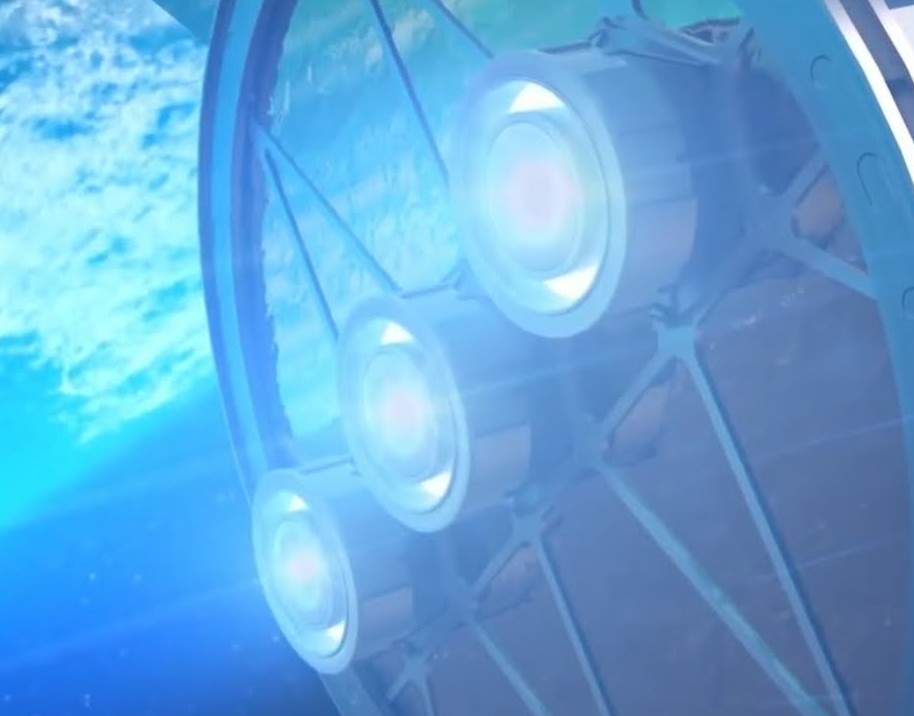Here is some more in depth description of how at least two of these new types of engines could work:
Solar sails could be much faster. They catch the constant stream of high-energy particles coming from the sun, like an interplanetary breeze. The closer the sail starts to the star, the faster it can go.
With a big enough sail, an unmanned ship could get to the edge of the solar system within two years. But NASA doesn’t have plans for manned missions yet.
Fusion engines could be light and long-lasting options for deep-space missions, but we’re still trying to figure out how to control fusion reactions in giant labs on the ground. It’s nowhere near ready to fly.
Which one do you think has the best chance of actually being built into a version that could make it past Mars? or is there perhaps another one not discussed in the video that you think should be in this video?
thanks to newsy.com for the great info

Ben March, the former director of skunkworks was once quoted saying. We now possess the technology to take ET home not within lifetimes but within days. It would take an act of God to get these projects out of the black books to benefit mankind.
No
Helium Infusion Engine. Helium is the 2nd most abundant gas in the Universe. It is Inert. Most difficult to liquify. Gold standard. An engine that utilise advanced technology to infuse helium from the surrounding – converted it to a medium as a propulsion – would be perfect for spacecraft travelling in deep space. We have the technology to infused carbon dioxide and water from the atmosphere. Infusing helium from the atmosphere should not be difficult. Human are incapable of comprehending and accepting toroid propulsion or advanced technologies in electromagnetism.
Hope sooner than later!